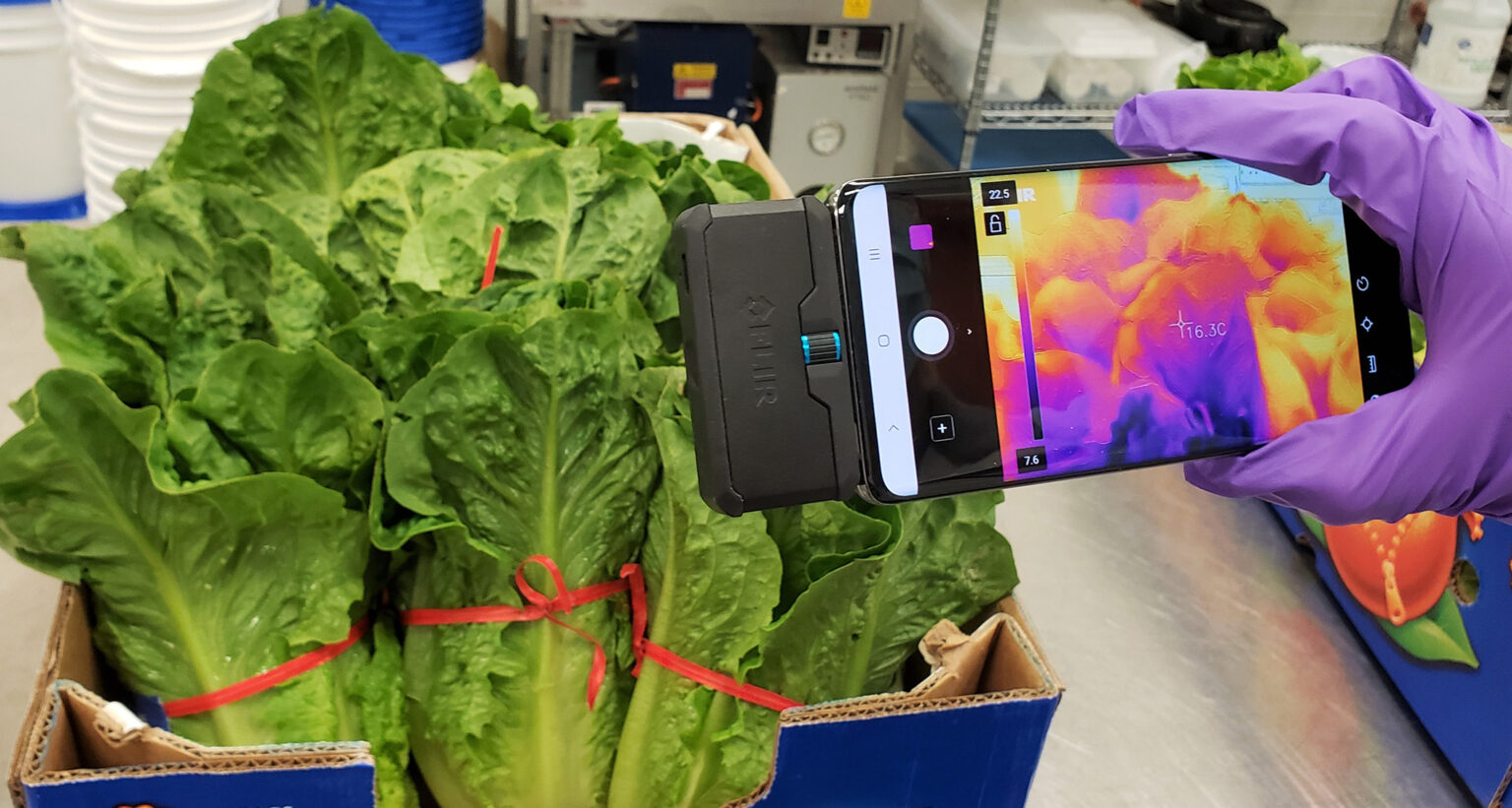A reporter's PressPass is required to access this story until the embargo expires on 12-Nov-2024 5:00 AM EST The Newswise PressPass gives verified journalists access to embargoed stories. Please log in to complete a presspass application. If you have not yet registered, please Register. When you fill out the registration form, please identify yourself as a reporter in order to advance to the presspass application form.
access_time Embargo lifts in 2 days
Embargo will expire:
12-Nov-2024 5:00 AM EST
Released to reporters: 8-Nov-2024 12:00 PM EST
















